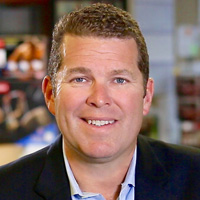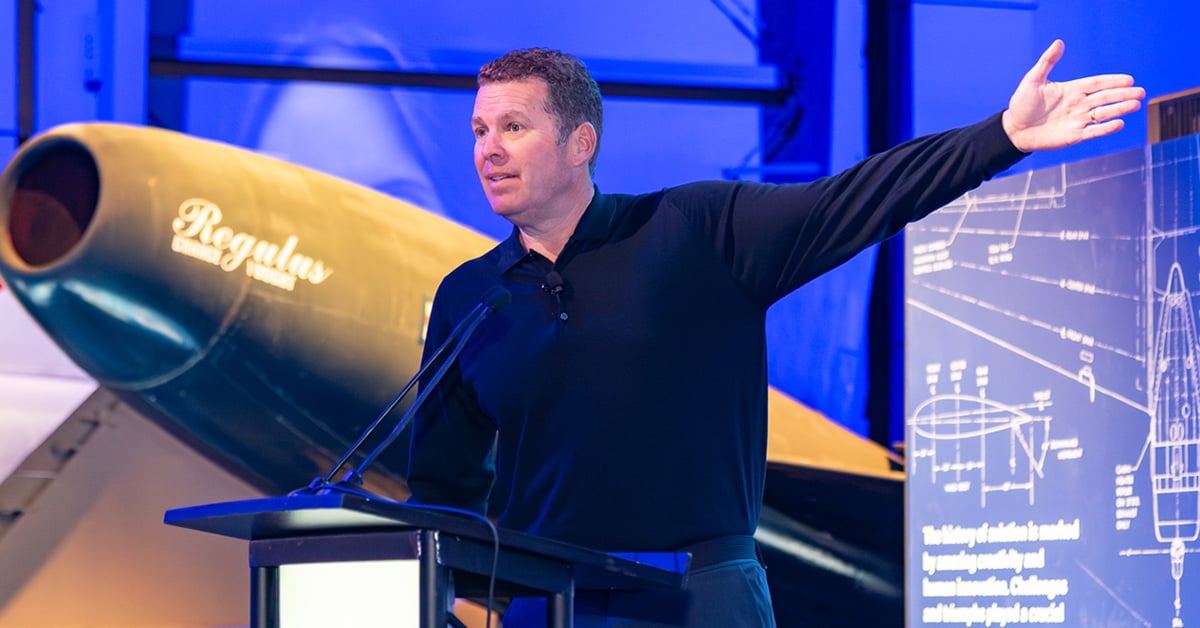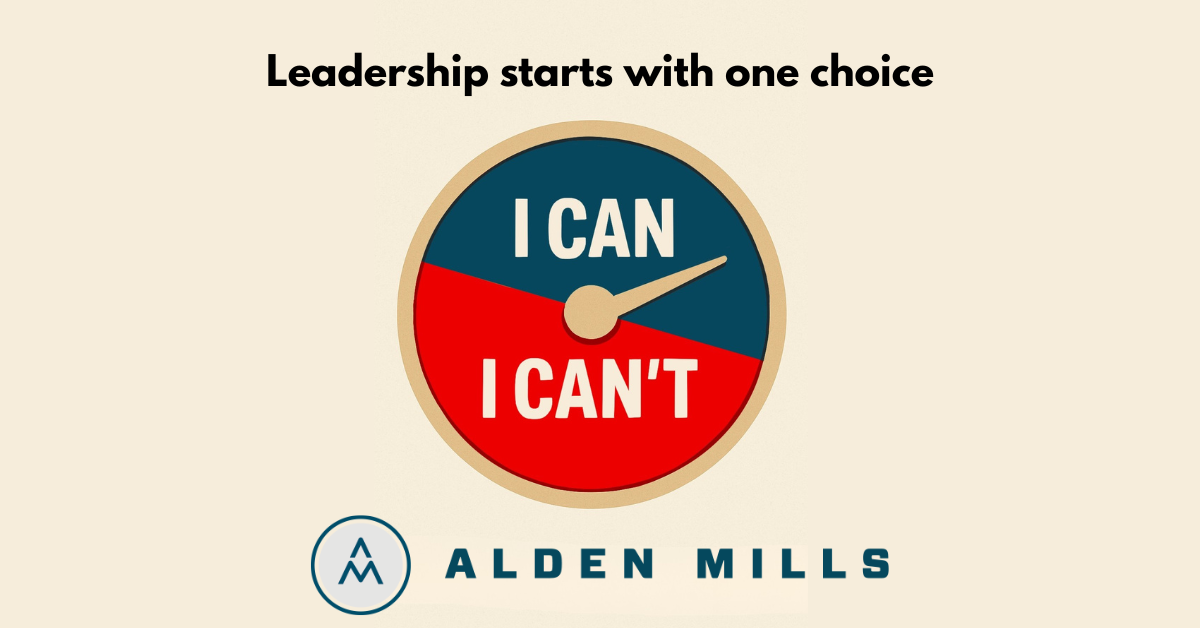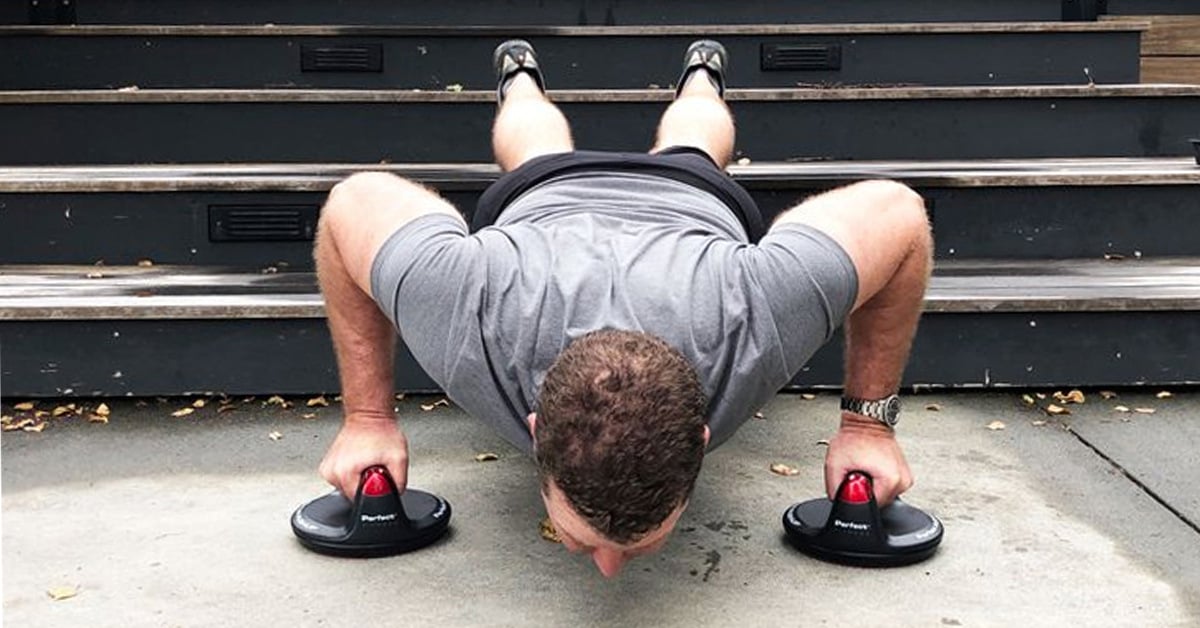In case you missed it, I posted a 3-part series on Goals, diving into the Why, How, What, of goals; followed by another trio of goal-related posts: the 3 Ps, Building Bridges, and Cape Finisterre. There’s more research than you can shake a stick at that talks about the importance of goals and how those that set goals get more out of life. No matter what your goal, always remember that nothing great was ever achieved without High Performance Teams. Period. No single person can do it all. Teaming up is an essential step in accomplishing your goal. It can be the difference between languishing with inaction and finding unbelievable success.
Related post: Team Building 101, Part 1: The 4 Cs of YOUR Team
The Importance of High Performance Teams
The importance of High Performance Teams is stressed beginning on day one of SEAL training. Teams work together in every facet of training, from cleaning and eating to swimming and shooting. We even went to the bathroom as a team! The smallest SEAL team — the one that forms the foundation for the larger teams — consists of two swim buddies. Two swim buddy pairs make a fire team, two fire teams make a squad, and two squads make a platoon. (Today’s SEAL nomenclature has changed slightly with the use of squadrons, but the concept remains the same — it’s all about the team.) Just like a house, the teams within the larger SEAL team are built using two bricks at a time: swim pair by swim pair. Your swim buddy does not stay with you upon graduation from SEAL training. Most graduates join different teams. Upon arriving with a new team, you start the process over by teaming up with a new swim buddy.
“Navy SEALs succeed by remaining committed to their teams. This same dynamic works whether you’re starting a family or a company”
Find Teammates Whose Skills Complement Your Own
This time, however, your swim buddy is part of a much bigger team. Eight swim pairs will join forces to create a platoon that will spend the next two years together preparing for and executing more than 150 different kinds of missions. (When my SEAL Team TWO platoon trained for our six-month deployment, we had to be prepared for 167 different missions.) Each SEAL team has different operating environments and different mission specialties, but the team dynamic remains the same: start with two-man teams and work your way up to a platoon team of sixteen men. This same dynamic works whether you’re starting a family or a company; it all starts with finding some kind of a “swim buddy.” You want to find someone who is good at what you’re not good at doing.
“Understand that you can’t be excellent at everything.”
While this may sound simple, the challenge comes when you look inside yourself to determine your weaknesses. It’s not easy at first to admit you’re not good at a particular skill, but over time you’ll become comfortable with the concept. It took me awhile to come to grips with it. When you’re young you believe you can do it all, but as you become aware of excellence around you, you begin to understand that you can’t be excellent at everything. Some things come naturally. I’ve been comfortable from an early age with public speaking and storytelling, but finance is a different story. I struggled to learn the language and the concepts. Yet it’s a critical component of running a successful business. While you should never stop trying to learn something that doesn’t come easily for you, it’s also important to acknowledge the things you find extra challenging. These are the things to keep in mind when looking for a teammate. You want to find teammates whose skills complement your own.
Build Unstoppable Teams: Let Alden know if you’d like to be notified when an early peek of the new book is ready.
Attitude Can Be the Difference Between Success and Failure
When you’re on your journey, not every day will be bright. You may even have more dark days than sunny days. There will be days when you question yourself, and days when nothing seems to go your way. A great teammate can be your perfect pick-me-up when you’re feeling defeated. The challenge that has you stumped and feeling depressed may not have your teammate feeling the same way. It might even invigorate your teammate if the challenge requires skills that come naturally to that person. Before you know it you’ll be over the next obstacle thanks to your teammate. Even if neither of you knows exactly what to do, your teammate might know an expert who can help conquer the obstacle in your path.
“Every one of my major accomplishments has depended on finding great teammates.”
Great People Want to Join a Team with a Purpose
Team members feel better having a reason to team up. If you don’t have a firm handle on your purpose, how can you expect other talented people to understand why they should team up with you? Your purpose is your calling card for finding the perfect teammates to hold each other accountable and help make a dream a reality. Understanding your purpose and the work you’ve accomplished toward your goal is similar to SEAL training. It’s proof of your resolve to complete the goal. No one wants to join a team that is going to fail. Everyone wants to be a winner. The ability to articulate your reason for going after your dream will help inspire others to join you. Finding the perfect teammates starts with a perfect understanding of your purpose.
Bring Alden to Your Organization to Be Inspired, Equipped and Transformed
My current mission is sharing my High Performance Frameworks to help in building High Performance Teams. In my Navy SEAL motivational speaking engagements, I cover three main topics: leadership, team building, and high performance teams. At the end of the day, I want audiences to leave feeling inspired to achieve more than they originally thought possible.
You should feel free to give me a call prior to your making a decision so you can hear how I will approach your event. I look forward to hearing from you and let’s make something great together.
Onward and upward!
Alden




